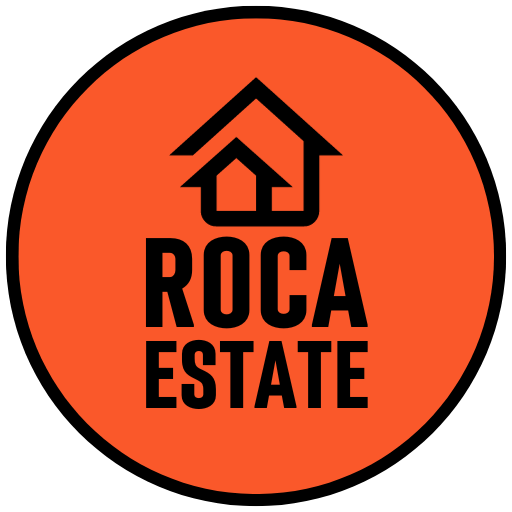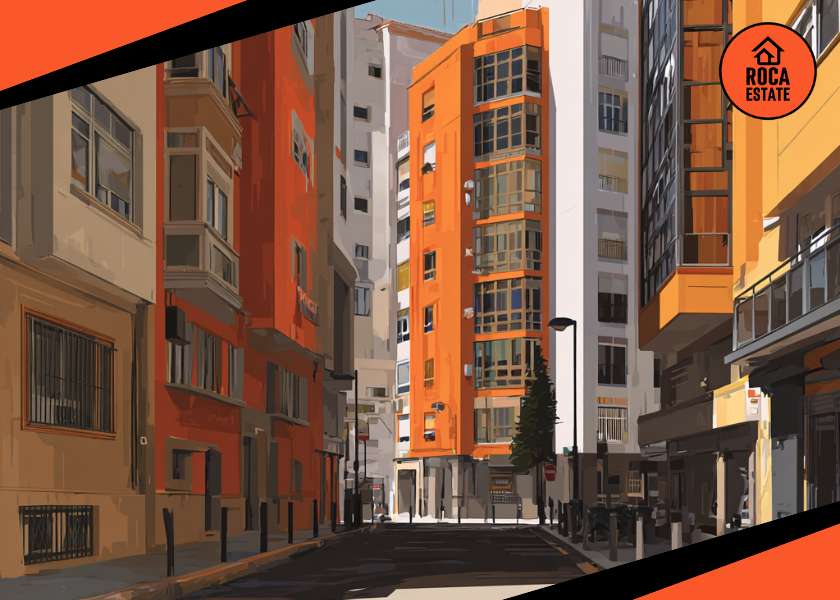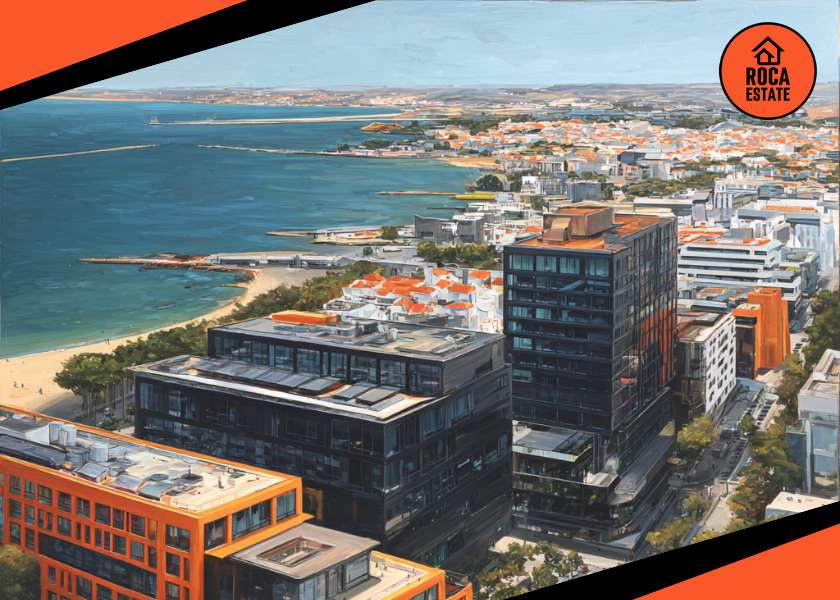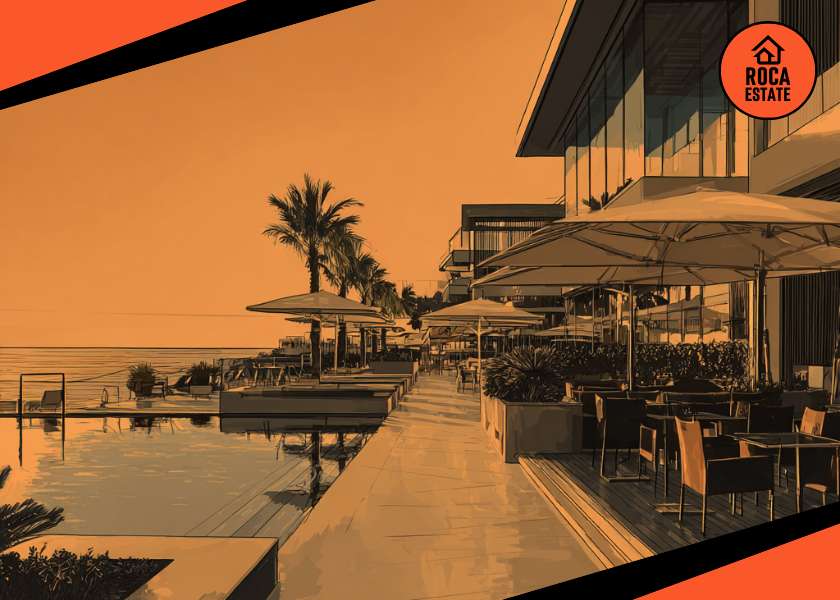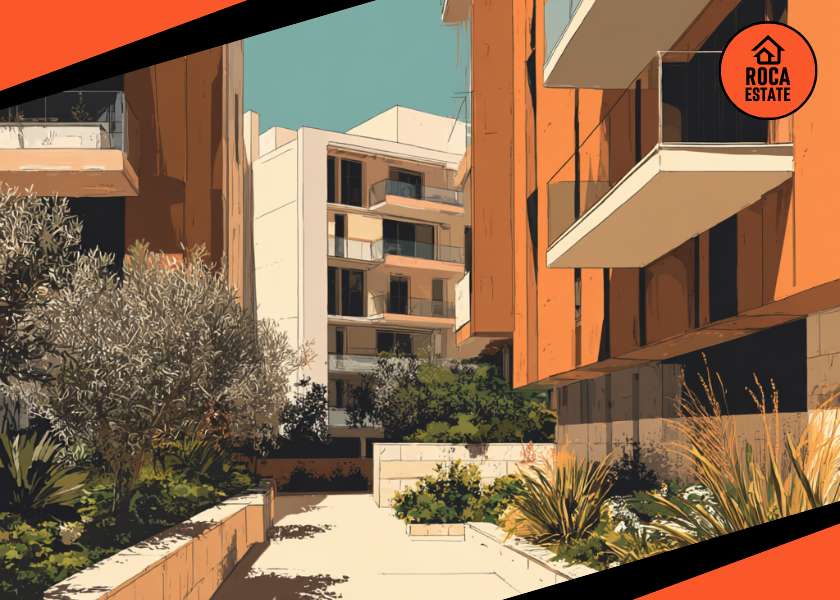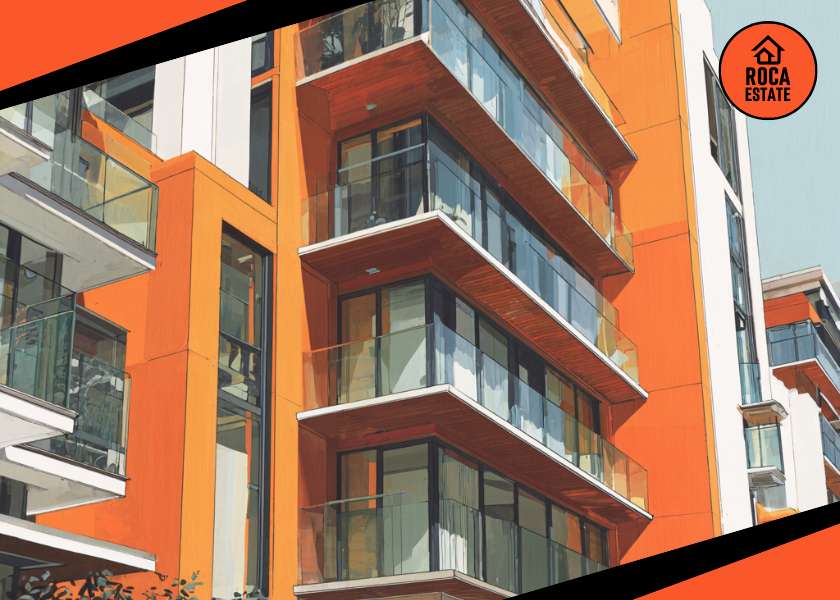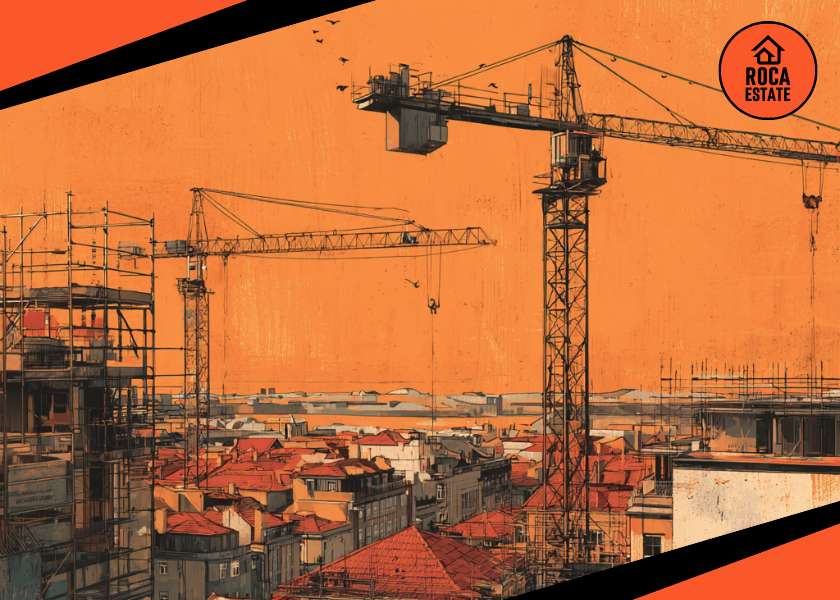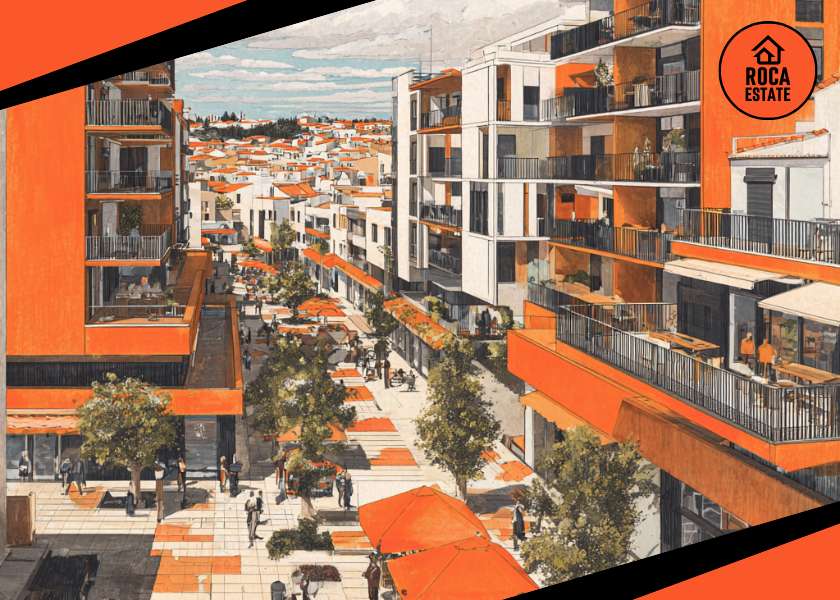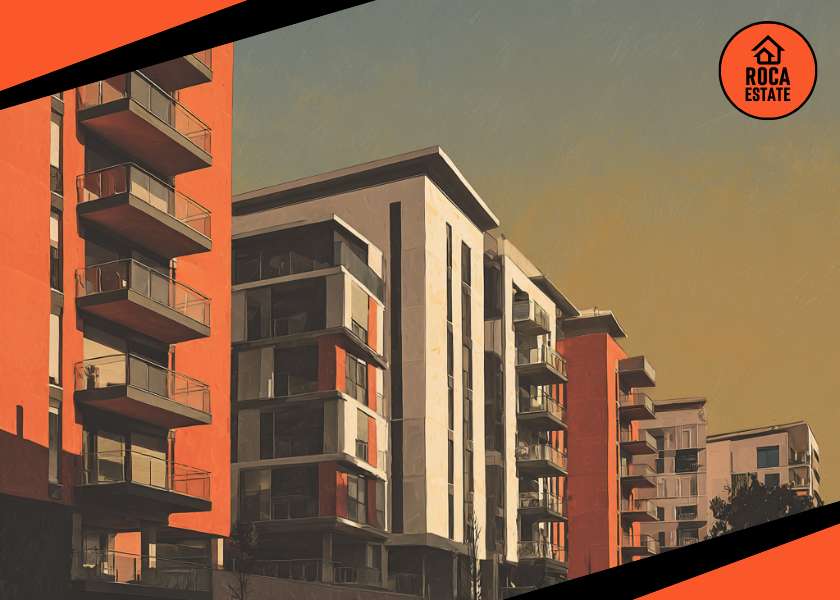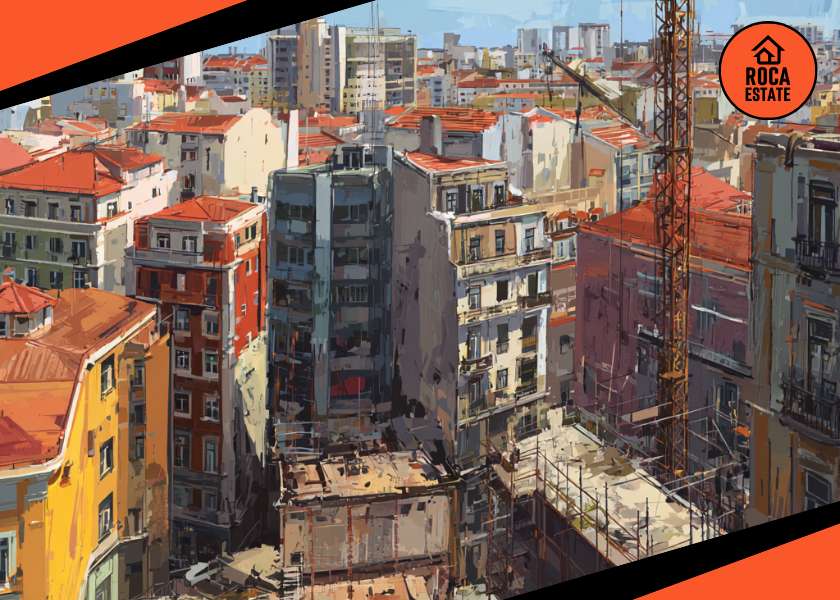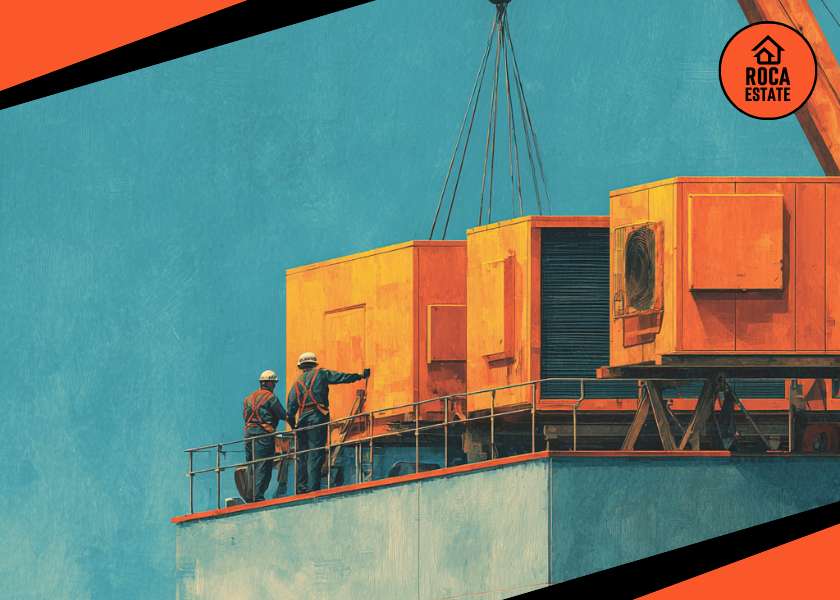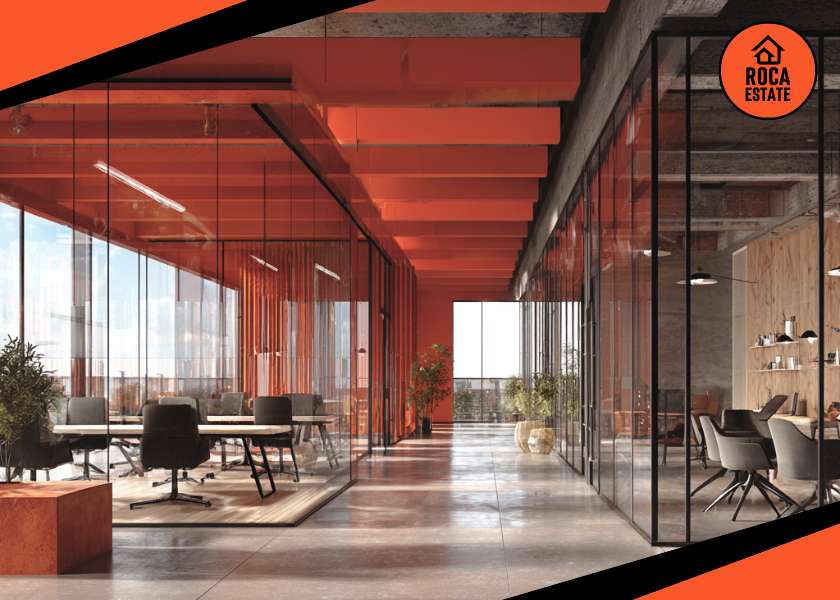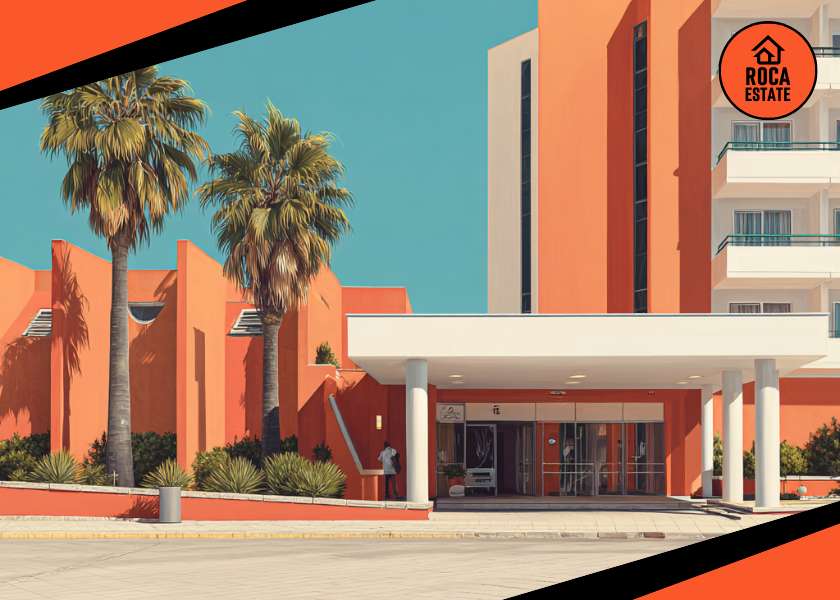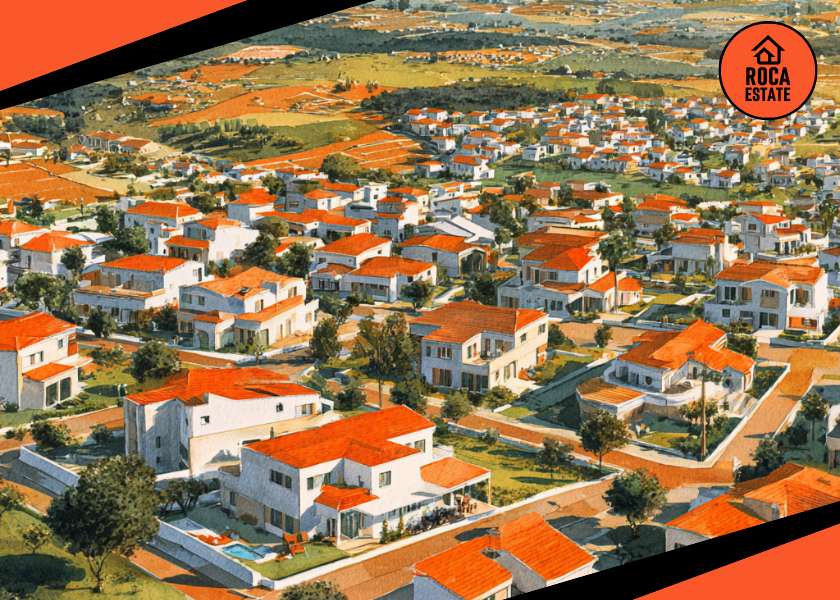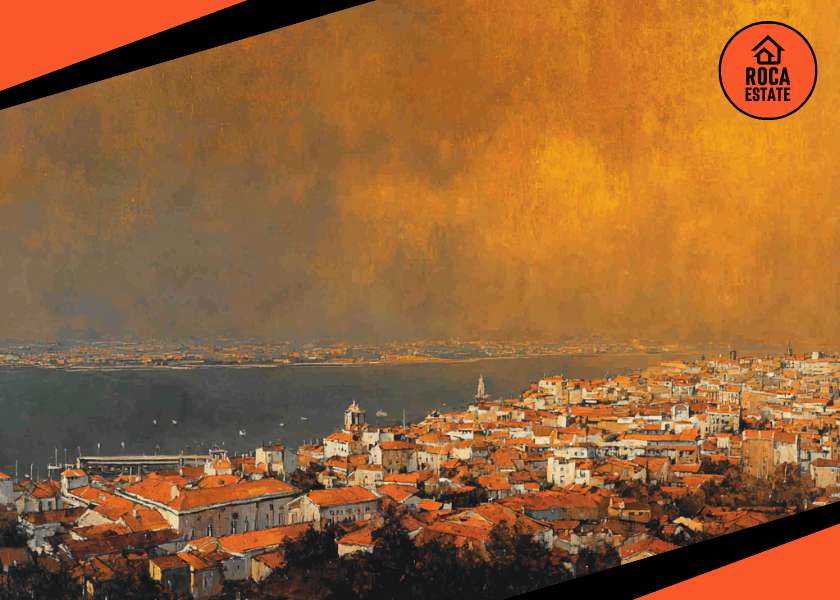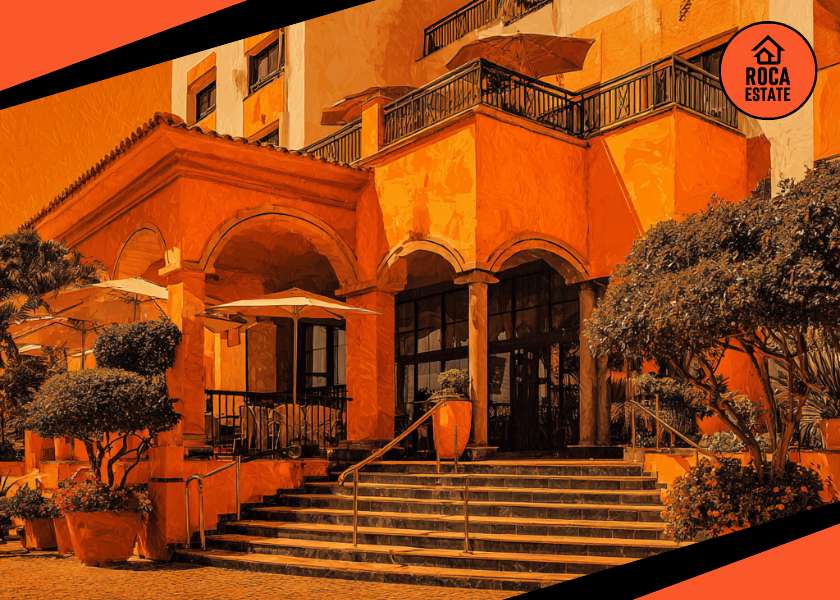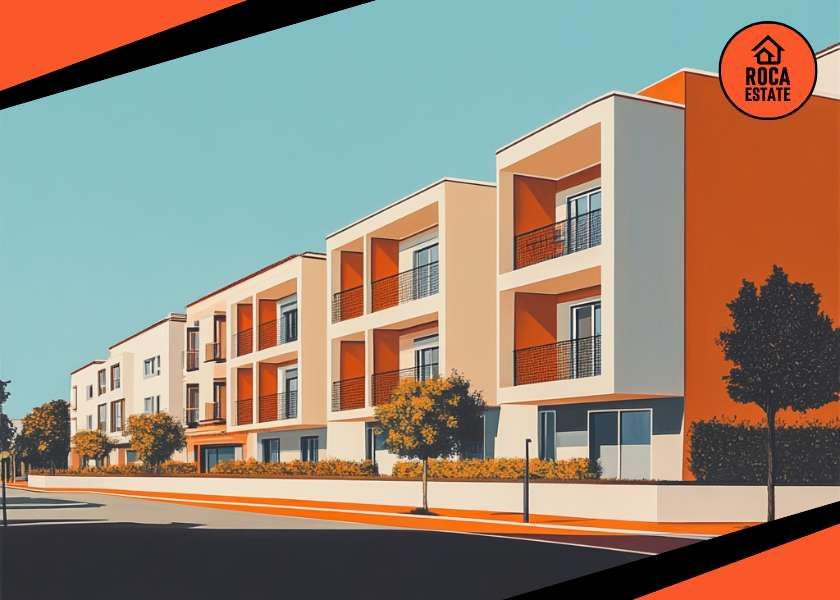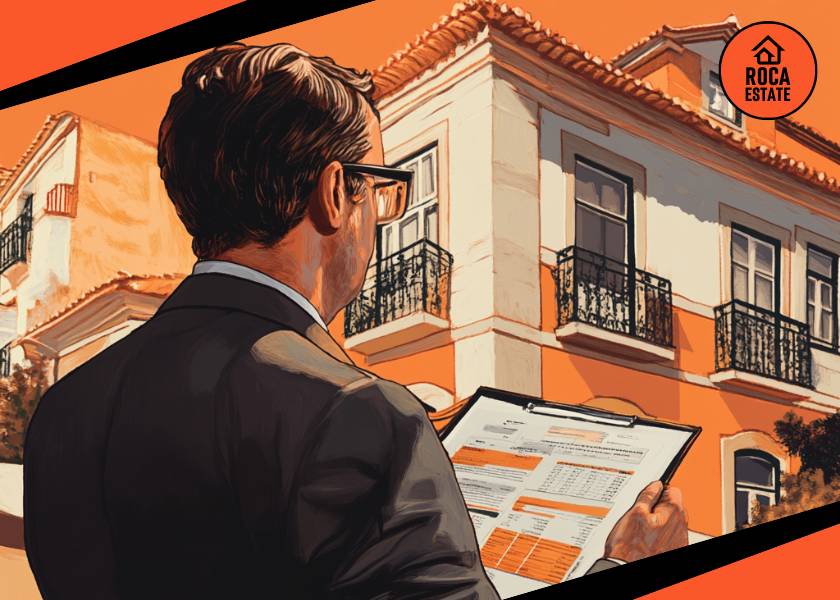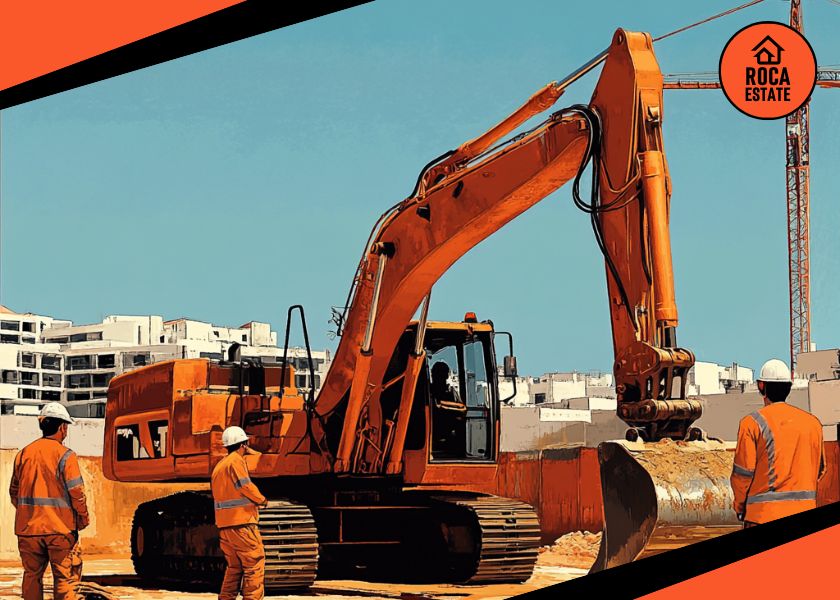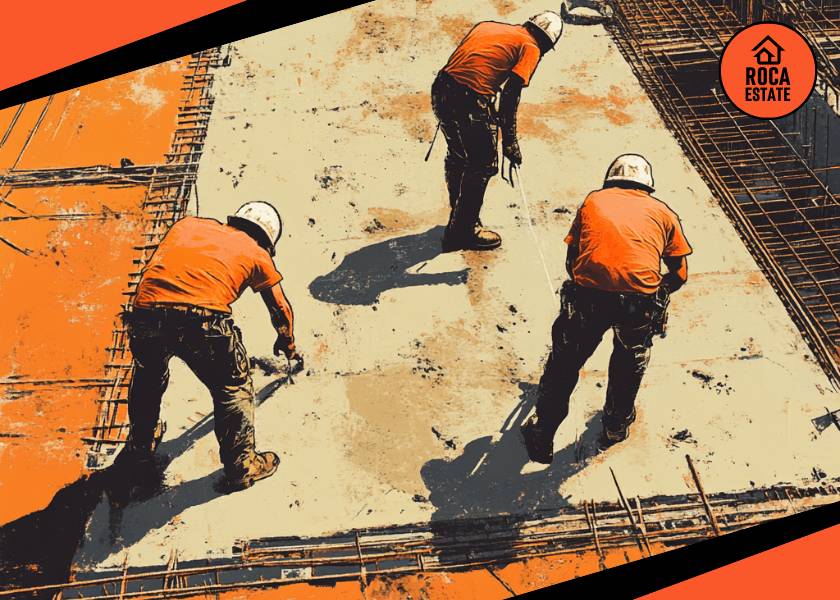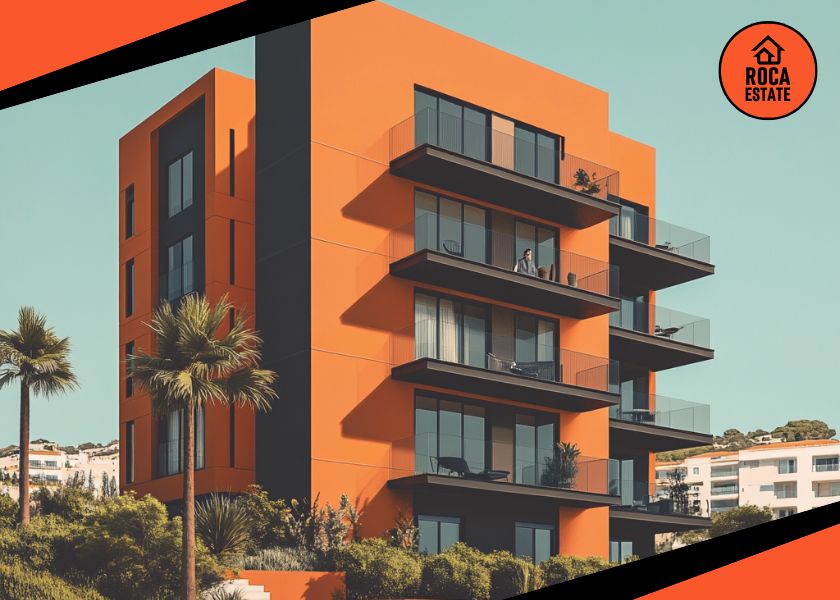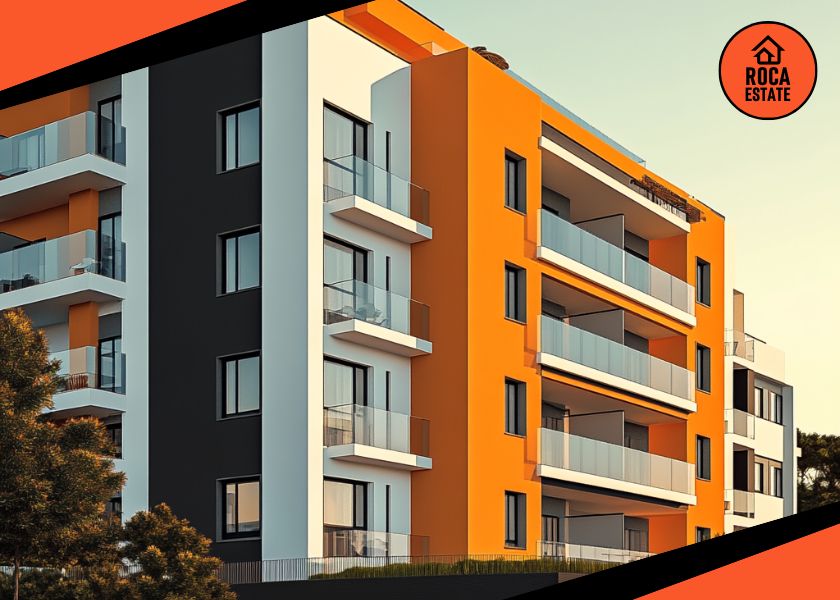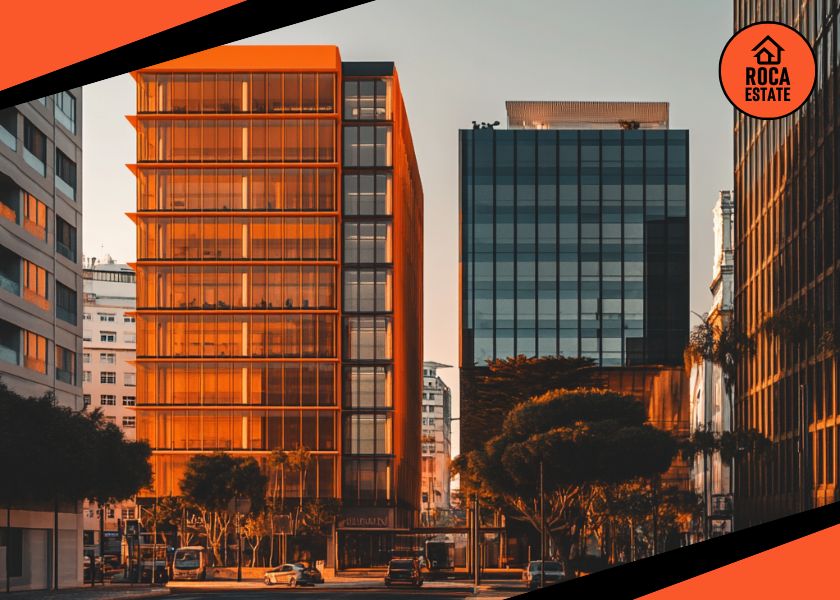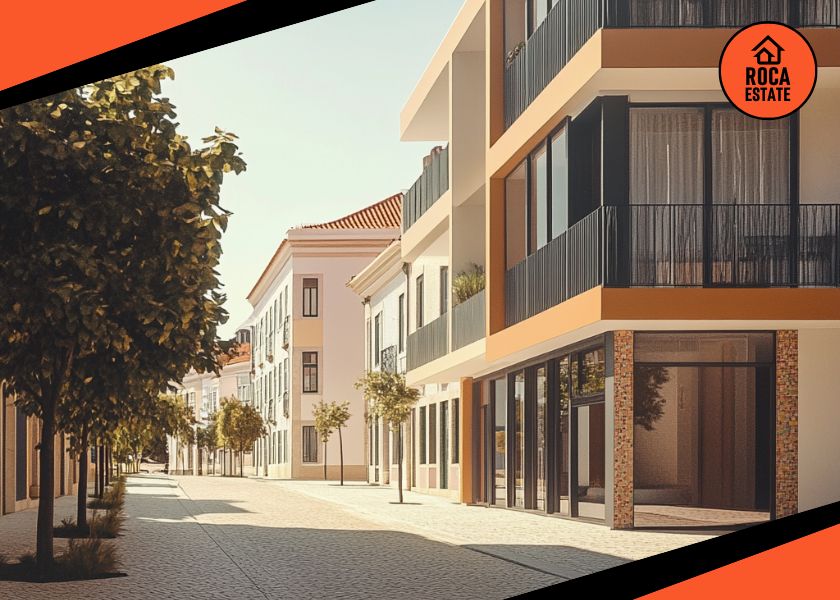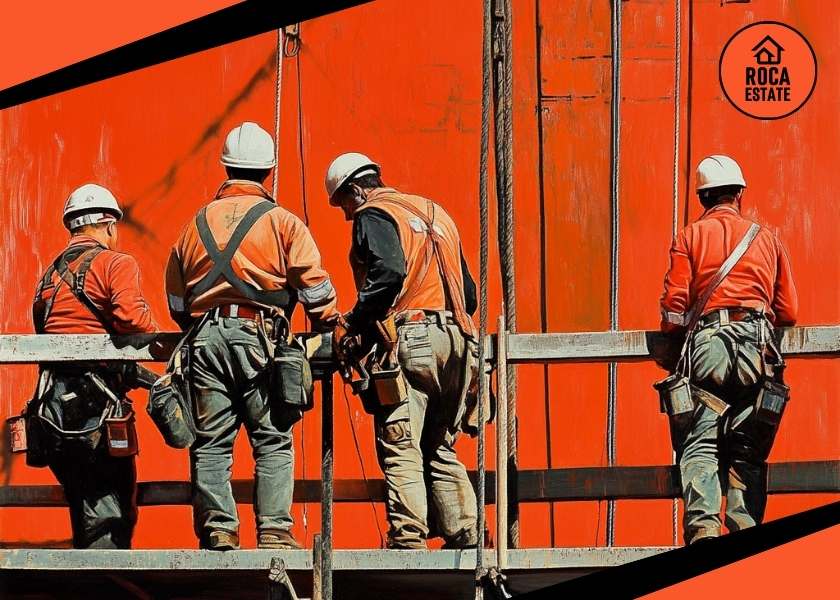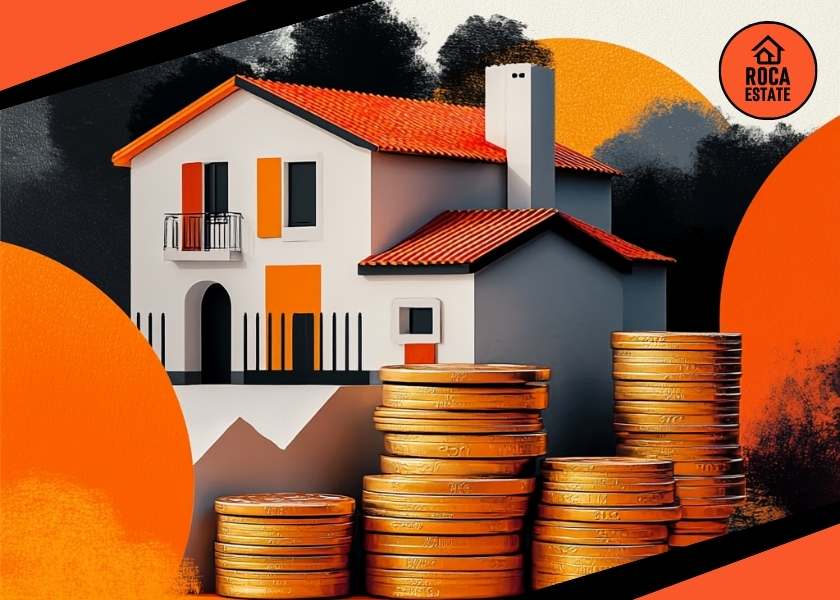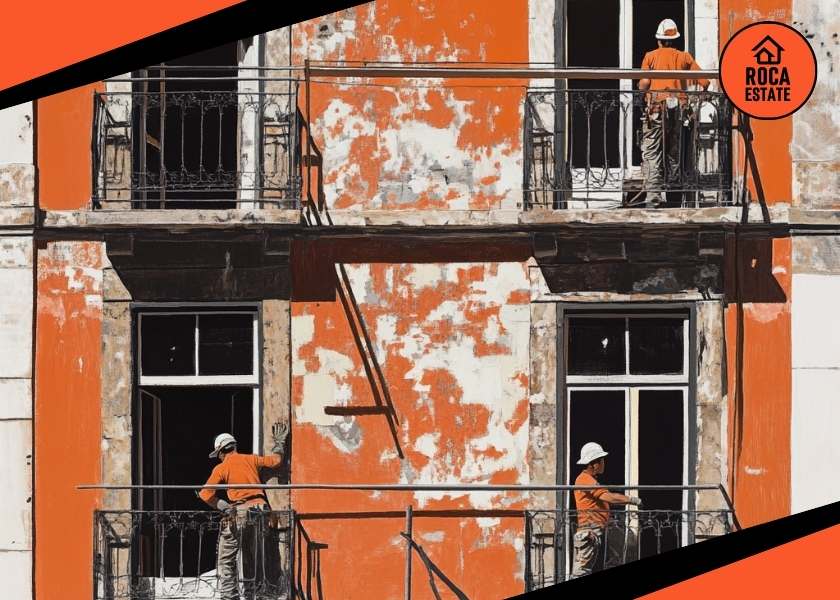Portugal commercial real estate investment is entering a period shaped by rising labour pressures and shifting tenant dynamics. According to the latest data from INE, labour costs continued to increase in the third quarter of 2025, creating new considerations for investors evaluating income stability, operating risk, and long-term asset performance. For those planning to invest in property in Portugal, these cost trends are now a core part of market analysis.
The data shows clear growth in both wage and non-wage costs across key sectors linked to commercial real estate demand. These changes affect everything from development budgeting to tenant resilience, making labour trends an essential factor in assessing short and medium-term opportunities.
Labour Costs Continue to Climb, Though Growth Has Slightly Eased
Labour costs increased 4.7 percent year on year in the third quarter of 2025, easing from 5.5 percent in the previous quarter. Both wage and non-wage components rose at the same rate.
For the Portugal commercial real estate investment landscape, this matters because many occupiers operate in staff-intensive sectors. Retail, hospitality, logistics with value-added services, and property management firms are especially exposed to rising labour input costs.
Construction Leads Cost Growth, Elevating Replacement Values
Construction recorded a 6.5 percent rise in cost per worker alongside a modest increase in hours worked.
This has three direct implications for investors:
- Higher development costs affecting new projects and feasibility studies.
- Longer delivery timelines, given ongoing labour shortages.
- Higher replacement costs, strengthening the value position of modern, stabilized income assets.
Rising construction costs tend to support the medium-term valuation case for quality existing assets, a factor increasingly relevant in Portugal commercial real estate investment strategy.
Industry and Services Face Margin Pressure
Industrial labour costs grew 6.1 percent, with a 1.4 percent decline in hours worked. Services saw a 5.4 percent increase, also accompanied by a small reduction in hours.
This combination of rising costs and lower productivity presents challenges for tenants:
- Higher operating pressure may influence rent negotiations.
- Demand for more efficient space could rise as companies seek productivity gains.
- Industrial occupiers may shift preferences toward modern logistics and manufacturing sites with stronger automation capability.
This is an important consideration for investors selecting asset types and locations within Portugal.
Private Sector Pressures Outpace Public Sector Trends
The private-sector labour cost index increased 5.4 percent compared to 3.4 percent in the public sector.
Because most commercial occupiers sit within the private sector, the higher-growth segment is the one that will influence rent sustainability and income performance.
Portugal Remains Above the European Average
Across the EU, labour costs rose 4.0 percent in the latest comparable quarter. Portugal’s 5.2 percent puts it above the European midpoint.
For international capital comparing regional markets, this positions Portugal as a medium-pressure environment where operating costs are rising but still manageable relative to Southern and Eastern European peers.
Forward-Looking Considerations for Investors
To strengthen Portugal commercial real estate investment strategies, investors should monitor several developing trends:
1. Expect cost pressure to persist into 2026
Both wage and non-wage increases show resilience, indicating that tenant margin pressure is unlikely to fade quickly.
2. Monitor construction-sector inflation
Replacement cost growth will continue to support values for prime stabilized assets while slowing speculative development.
3. Assess tenant resilience by sector
Industries with falling hours worked — such as manufacturing and services — face higher vulnerability. Lease-renewal risk and renegotiation potential rise accordingly.
4. Prioritize productivity-enhancing assets
Modern buildings with sustainability, flexibility, and energy-efficiency features will outperform legacy stock as tenants look to offset rising labour costs.
5. Expect greater asset-class divergence
Supply constraints strengthen logistics and institutional residential, while consumer-oriented sectors may see softer rental momentum.
Conclusion
The third quarter 2025 labour cost data reinforces a clear message for Portugal commercial real estate investment: rising operating costs will shape both tenant behaviour and market performance. Investors who adapt by tightening risk management, focusing on resilient sectors, and prioritizing quality assets will be better positioned to navigate the next phase of the cycle.
Portugal remains competitive within Europe, but cost inflation is real. Strategic positioning — not market enthusiasm — will define the strongest returns over the coming years.If you are looking to invest in property in Portugal with expert guidance grounded in real market data, Roca Estate can help you identify opportunities that match your strategy. Connect with our team to explore stable, high-value assets across Portugal’s most resilient commercial markets.
